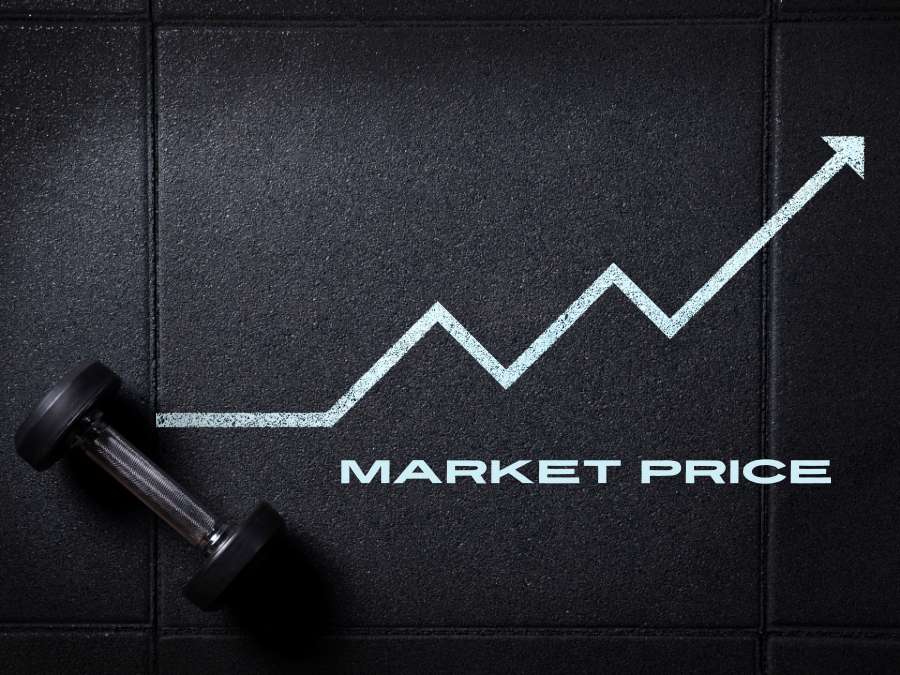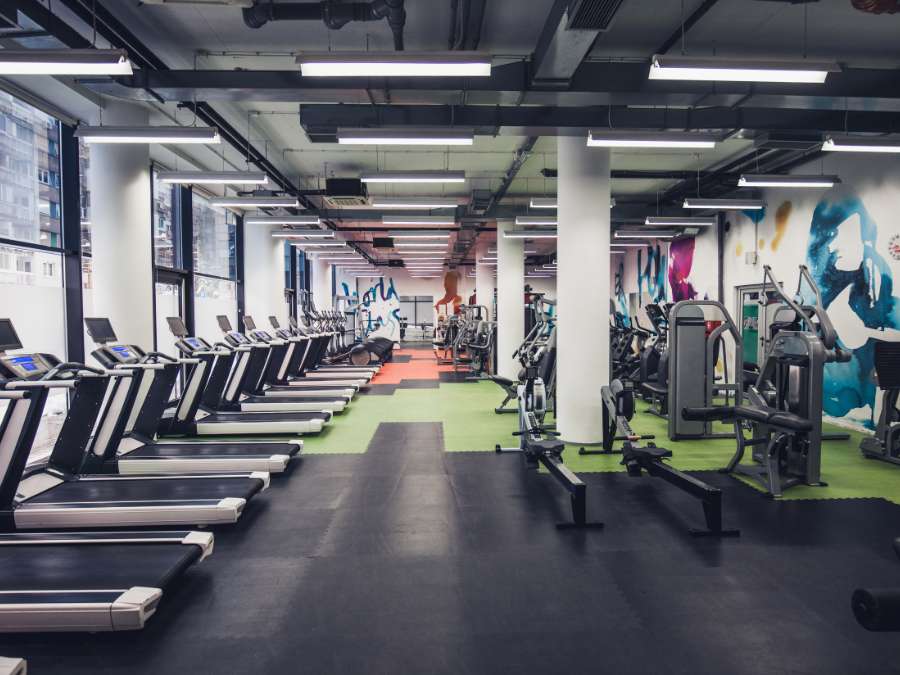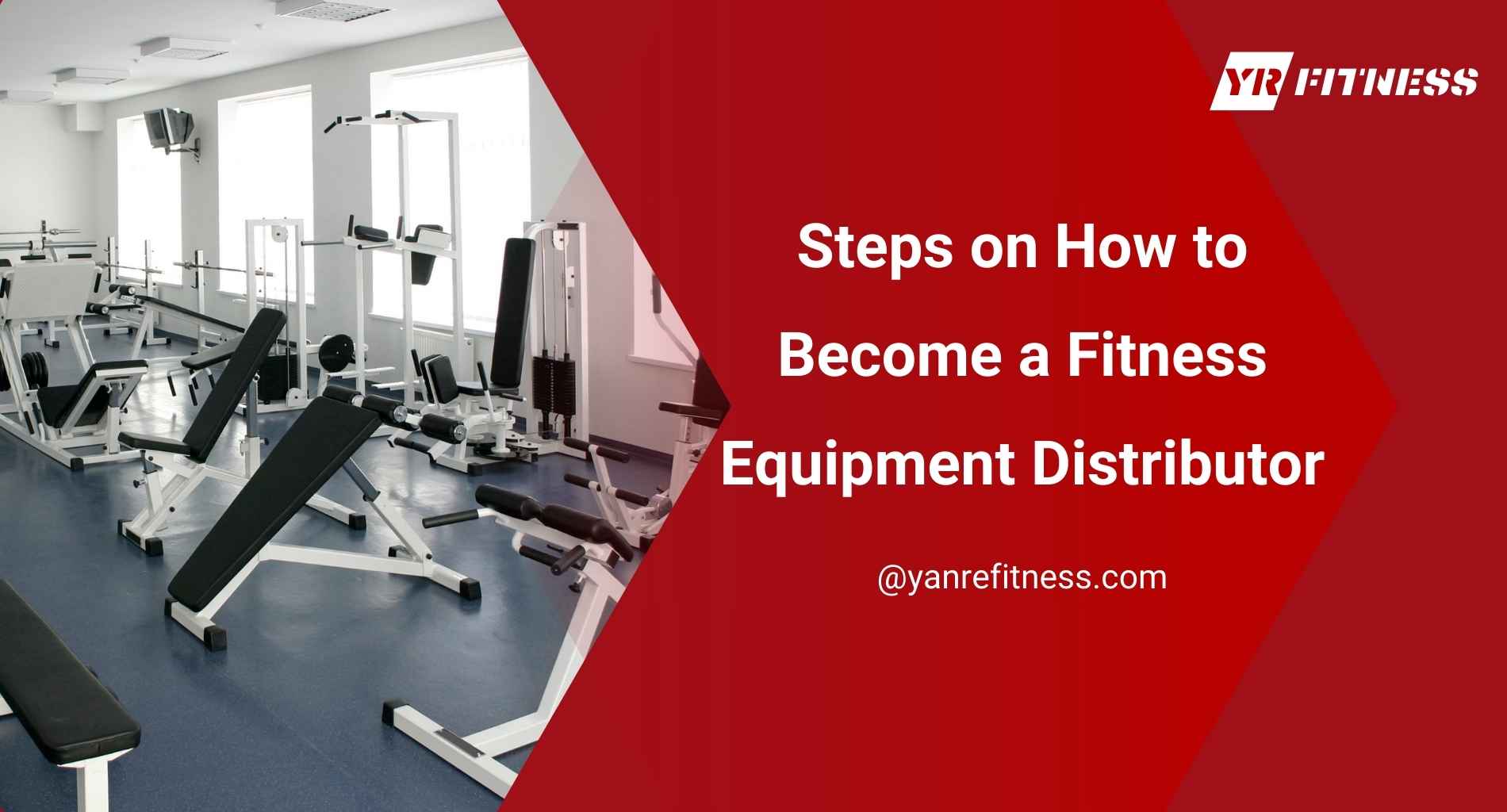Are you looking to break into the fitness equipment distribution market and wondering where to start? The good news is, with the right strategy, this sector offers significant opportunities for growth and profitability.
With years of industry expertise, I understand the unique challenges and opportunities that come with being a distributor in this competitive market.
As a distributor, you play a crucial role in connecting fitness equipment manufacturers with clients. Success in this space requires more than just securing products—it demands effective supply chain management, strategic partnerships, and a strong marketing plan.
In this guide, I will walk you through each critical step, from selecting your market niche to developing long-term relationships with key manufacturers.
So let’s get into it!
Table of Contents
- Step#1 Choosing Your Market Focus
- Step#2 Defining a Unique Business Approach
- Step#3 Securing Legal and Financial Foundations
- Step#4 Partnering with Key Manufacturers
- Step#5 Setting Up a Warehouse and Inventory System
- Step#6 Structuring a Competitive Pricing Model
- Step#7 Building a Customer Support Infrastructure
- Step#8 Creating a Strong Marketing and Branding Presence
- Step#9 Streamlining Your Supply Chain
- Step#10 Managing Growth and Expansion
- Conclusion
Step#1 Choosing Your Market Focus
Selecting the right niche in the fitness equipment industry is the foundation for your success. Whether you focus on high-tech gym equipment, affordable home workout gear, or specialized tools like Pilates machines, you need to tailor your offerings to a particular audience. This will help you refine your business plan and marketing strategy.
Finding your market focus requires research. Start by analyzing demand trends, looking at customer demographics, and studying your competitors. As a matter of fact, when you know who your target audience is, you can deliver the products they’re looking for. Here are some initial questions to consider:
- What types of fitness equipment are in demand?
- Who are your potential customers, and what are their needs?
- Are there emerging trends you can capitalize on?
Step#2 Defining a Unique Business Approach
To stand out in a crowded market, your business needs a distinct approach. This might involve specializing in certain products or offering additional services such as maintenance and installation. Whatever your approach, make sure it differentiates you from competitors while resonating with your target audience.
Developing Value Proposition
Your value proposition is what sets you apart from others in the market. Do you offer better customer service, faster shipping, or exclusive deals? Highlighting these advantages will make potential clients choose your services over others. I know you will agree that a strong value proposition not only attracts new clients but also reinforces loyalty among existing customers.
Building Relationships
Another part of your business approach could involve creating long-term relationships with your clients. For instance, rather than focusing only on one-time sales, offering personalized support can lead to repeat customers and positive word-of-mouth. YR Fitness suggests that establishing trust through consistent and reliable service can create a network of loyal clients who will recommend your business to others.
Competitive Advantages
Think about what competitive advantages you can offer. Can you deliver faster? Do you have better pricing? These are key to defining your business approach. Assess your competitors regularly to ensure that you continue offering value that sets you apart in the marketplace.

Step#3 Securing Legal and Financial Foundations
Getting your legal and financial setup in order is essential to avoid future complications. This involves registering your business, obtaining necessary permits, and setting up a strong financial structure to manage costs and revenue.
You’ll need to consult a legal expert to navigate permits, licenses, and compliance with industry regulations. Equally important is your financial plan, which should cover initial investments, operational costs, and any unexpected expenses. Without a strong legal and financial foundation, expanding your business later could become problematic. Here are some basic steps to follow:
- Register your business under the appropriate legal structure.
- Set up your business finances, including budgeting and expense tracking.
- Obtain any required industry-specific permits or licenses.

Step#4 Partnering with Key Manufacturers
Once your business is legally and financially sound, it’s time to secure reliable manufacturers for your equipment. Partnering with reputable manufacturers establishes that the products you offer are high quality and reliable.
Evaluating Manufacturers
Not all manufacturers offer the same quality or terms. Evaluate manufacturers based on their track record, product reviews, and certifications. Prioritize those with a history of reliable deliveries and good customer support. It’s also important to assess their production capacity to guarantee they can scale with your business as it grows.
Negotiating Terms
The terms you negotiate with your manufacturers will directly impact your pricing and delivery times. Focus on securing favorable payment terms, shipping agreements, and warranties for your customers. Additionally, negotiating flexible contract terms can help you adapt to changing market conditions without disrupting your supply chain.

Step#5 Setting Up a Warehouse and Inventory System
Efficient inventory management is critical to running a smooth operation. Whether you use a third-party logistics provider or manage your own warehouse, having a clear system in place helps reduce costs and speeds up delivery.
Before deciding how to store your products, think about your long-term goals and the volume of inventory you expect to carry. Here are 3 key points to keep in mind:
- Categorize Inventory: Organize your warehouse with clear labeling and separation based on product type and demand levels.
- Implement Technology: Use software to manage inventory, track stock levels, and generate reports.
- Monitor Costs: Always consider storage and overhead costs to avoid losing money on slow-moving stock.
Here’s a table summarizing the key points for setting up a warehouse and inventory system:
Key Point | Benefit |
Categorize Inventory | Organize warehouse efficiently with clear labeling based on product type and demand levels. |
Implement Technology | Use inventory management software to track stock levels and generate reports for better oversight. |
Monitor Costs | Keep storage and overhead costs in check to avoid losses on slow-moving stock. |
Step#6 Structuring a Competitive Pricing Model
The pricing strategy you choose plays a significant role in your profitability and competitiveness. You’ll need to account for various costs, including the purchase price of the equipment, storage, and shipping fees, while keeping prices attractive for your target market.
Understanding Market Rates
Research competitors to determine market rates. Offering competitive pricing while maintaining margins will help you attract and retain clients. Similarly, regularly review market trends to adjust your pricing model and remain competitive without sacrificing quality.

Offering Discounts and Bulk Pricing
Consider offering tiered pricing for large orders or discounts for long-term contracts. These options make your service more appealing to businesses that want to buy in bulk. Additionally, bulk pricing incentives can improve cash flow and build stronger relationships with key customers.
Step#7 Building a Customer Support Infrastructure
Great customer service can set your business apart from competitors. Fitness equipment buyers often need ongoing support for maintenance, warranties, or technical questions. Having a strong support system will help you build long-lasting relationships with your clients.
Here are a few ways to structure your customer service:
- Offer Multiple Channels: Make customer support easily accessible via phone, email, or live chat.
- Train Your Staff: Equip your team with the knowledge to handle common questions and technical issues.
- Create a Feedback Loop: Collect feedback from customers and use it to improve your services.

Step#8 Creating a Strong Marketing and Branding Presence
Marketing is crucial to attract clients and establish your brand in the fitness equipment industry. Your marketing should focus on what makes your business unique, whether that’s your pricing, customer service, or product range.
Digital Marketing Strategies
Use social media, SEO (search engine optimization), and content marketing to create visibility for your business online. Targeted digital ads can help you reach commercial clients like gyms or corporate wellness programs. Developing a strong digital presence can also build long-term brand awareness and generate leads for future sales.
Building a Brand Identity
Your brand identity is more than just a logo. It’s how your customers perceive your business. For instance, focus on developing a consistent and professional brand that builds trust and credibility in the market. Establish clear brand messaging that resonates with your target audience and reflects your values.
Leveraging Partnerships
Collaborating with fitness influencers, industry experts, or other complementary businesses can strengthen your marketing efforts. Partnerships can extend your reach and provide added credibility, especially when entering new markets. Joint ventures, co-branded events, or referral programs can all help drive brand visibility.

Step#9 Streamlining Your Supply Chain
A well-organized supply chain is key to maintaining timely deliveries and keeping costs under control. This involves coordinating with manufacturers like YR Fitness, shipping providers, and your own logistics team. As your business grows, refining your supply chain will be critical to handling increased demand.
Consider whether to outsource your logistics to a third-party provider or keep it in-house. Here’s a brief comparison to help decide:
Factor | Third-Party Logistics | In-House Management |
Control | Less control over operations | Full control |
Scalability | Easier to scale | Slower to expand |
Costs | Higher upfront cost | Long-term investment |
Step#10 Managing Growth and Expansion
Once you’ve established your business, managing growth effectively becomes your next challenge. Expanding your product line, entering new markets, or increasing your customer base all require careful planning. The key is to maintain quality service and continue strengthening relationships with existing clients while pursuing new opportunities.
Growth can be managed by gradually scaling up operations, investing in new partnerships, and entering emerging markets. A well-planned growth strategy will help you maintain a competitive edge while expanding your reach.

Conclusion
Understanding the various factors involved in selecting fitness equipment is essential for the success of any gym or fitness facility. Each piece of equipment has specific features and functions that cater to different training styles and clientele needs. By investing in the right equipment, you can enhance the overall workout experience and ensure the long-term growth of your fitness business.
This guide has equipped you with the key insights needed to make well-informed decisions for your facility. At YR Fitness, we specialize in manufacturing high-quality commercial gym equipment designed to meet the demands of modern fitness centers. If you’re looking for reliable and durable equipment to elevate your gym’s performance, contact us today to see how we can support your business.
Related articles:





